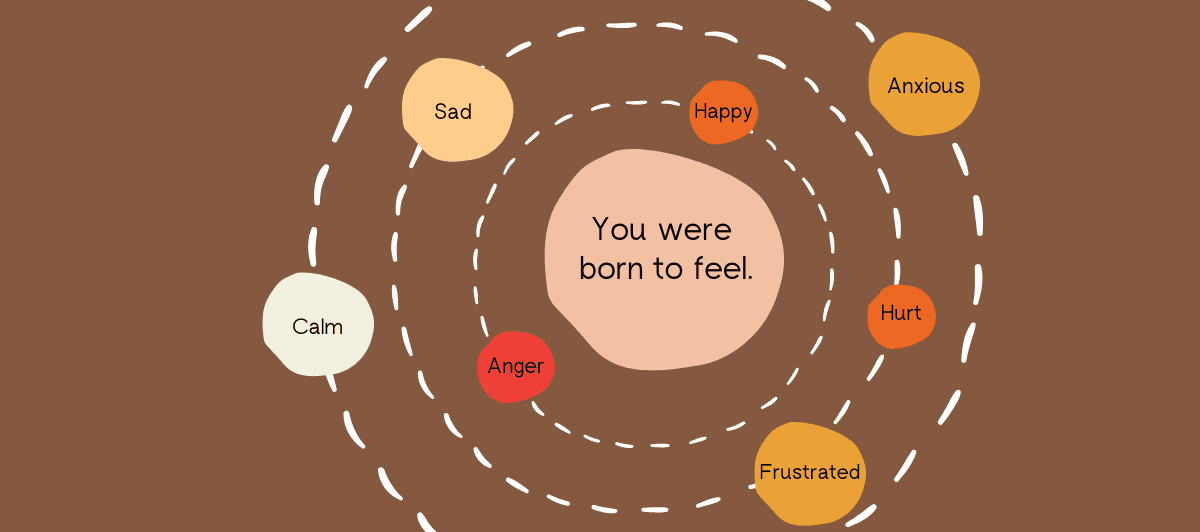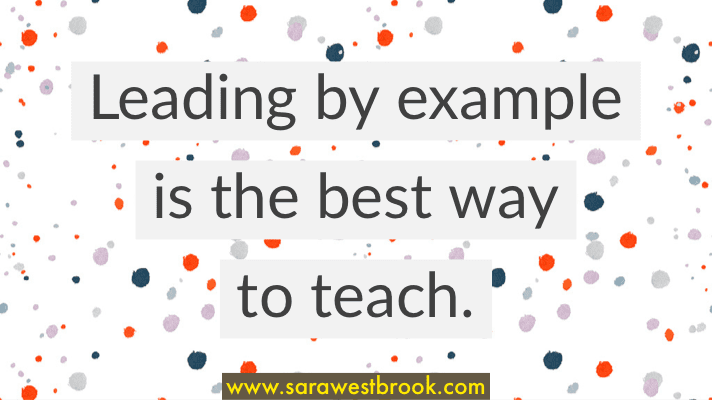
Guess What We All have in Common?
‘What emotion are you feeling?’
When you think about truly sharing your emotions, would you prefer to leave the conversation or conveniently find something else to talk about? Maybe it’s because you don’t know how you are feeling or maybe you want to shout ‘none of your business!’ Or is it because you think sharing emotions makes you look weak?
EXPRESSING EMOTIONS CAN BE TOUGH.
As human beings we enjoy feeling comfortable – ever heard a mattress commercial? All the marketing company has to do is focus on how comfortable the mattress is – SOLD! We LOVE comfortable. Emotions are not always comfortable. They are messy, awkward and can feel down-right painful both mentally and physically.
You may be able to fool yourself into believing that by ignoring or suppressing emotions you won’t have to face them. Wrong. Not acknowledging your emotions causes burnout, health challenges, anxiety, and strained relationships
EMOTIONS AREN’T YOUR ENEMY.
Emotions are a natural and normal part of the human experience. Emotions are the one thing we all have in common. We may not have experienced the same circumstances – but we have all felt angry, sad, anxious, frustrated, disappointed and overwhelmed. Isn’t it comforting to know you’re not alone?

SURPRISE! EXPRESSING YOUR EMOTIONS HELPS:
- boost happiness
- reduce stress & anxiety
- build resilience
- improve communication
- establish stronger relationships
- create empathy
- bring harmony and well-being to your mental and physical state
Instead of suppressing your emotions, use these 3 ways to help you move with and through your emotions:
1. NAME YOUR EMOTIONS
There is a release that happens just in saying your emotion out loud, ‘I’m feeling sad.’ It makes it feel less intense. Acknowledge your emotions, instead of making yourself feel bad, wrong or weak for feeling. Next time someone asks, ‘how are you feeling?’ tell them. You are allowed to feel. You are supposed to feel. You will also be giving permission to others to speak up about their emotions.
2. RELEASE EMOTIONS IN A HEALTHY WAY
Create a list of healthy ways to move through your emotions. This will help you get clear about strategies that are helpful. Post it somewhere that will serve as a reminder. When you are experiencing an uncomfortable emotion you can easily forget what helps you move through.
3. FIND YOUR CALM
Being able to calm yourself in the moment from tough emotions and overwhelming circumstances is often easier said than done. Knowing ways to help you relax and decrease stress will calm your mind and body quickly. If one way doesn’t work for you, try another one. Some of my favourites are paying attention to my breath, relaxing with a cup of tea or coffee, humming or singing and watering my plants.
You would never take dead batteries, place them in a flashlight and expect it to shine – yet there are times you will drain yourself emotionally and stick yourself into work, relationships and conversations and expect to shine.
Reach out, ask for help and accept support. You Matter!
Until next time…




